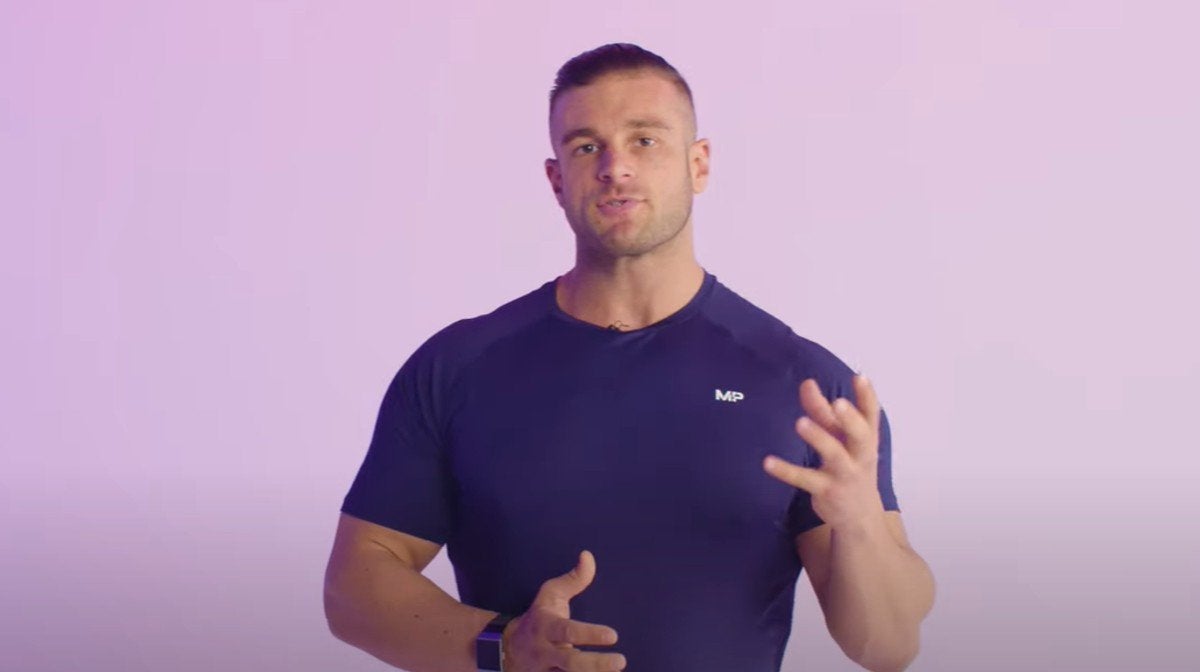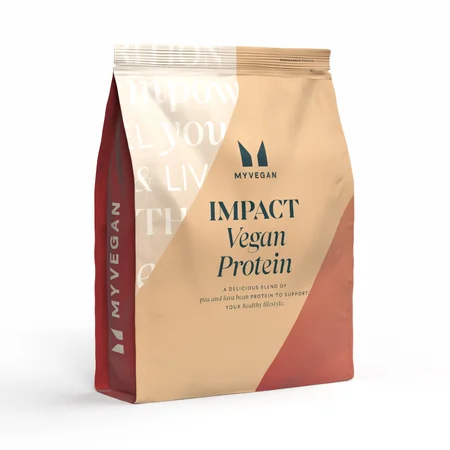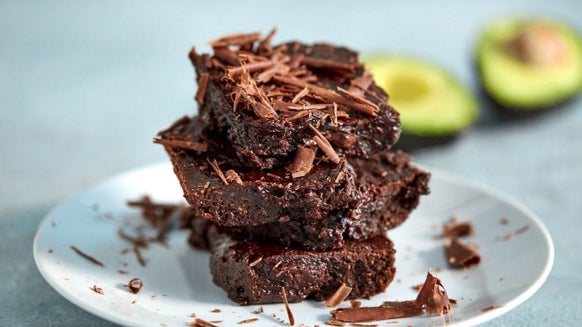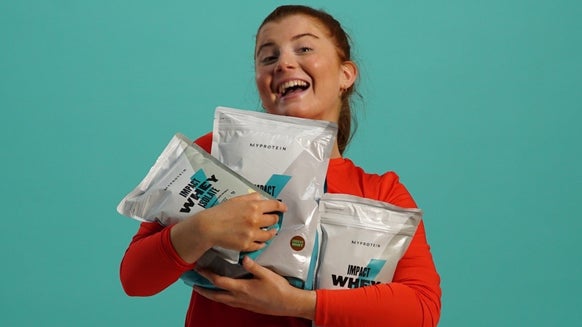Build Muscular Size With Hypertrophy Training

There are so many different types of training out there that can help you reach different goals. HIIT, LISS, and functional fitness, just to name a few. And you can be sure there’s plenty more. Hypertrophy training and strength training among them.
“What are they?” you may ask. Well, personal trainer Chris Broomhead is here to take you through the differences. They may sound similar, but there are some distinct differences, a few fundamental.
What is Hypertrophy Training
Training for gains. Hypertrophy is the body’s process of building muscle, so hypertrophy training’s focus is on increasing muscular size. The defining characteristic of a session is lighter weights, which has the benefit of lowering risk of injury. You're also likely to perform slow, controlled movements. If you’re training properly that is... no weight swinging allowed.
Weight range
To make your muscles grow, you must tire them out the perfect rep range for muscle growth is generally between 8-12 reps. If you can’t manage eight reps, your weight is too heavy. If you can reach 12 reps easily, your weight is too light.
There’s no shame in swapping your weight for a lighter one. You're better off doing that than injuring yourself or allowing your form to go askew.
Alternatively, you can train until failure. You may feel this when you struggle to walk for a few days, but that’s the price you pay if you want to pack on muscle. No pain, no gains.
Training Split
As an example, let’s use everyone’s favourite day of the week: chest day.
Because you’re aiming to fully fatigue your muscles through a variety of movements, you want to train every part of the chest.
- Incline movements
- Decline movements
- Flat movements
- Fly movements
You’re likely to start off with some compound movements, and then as you become increasingly tired through the workout, incorporate some isolation exercises.

10 Best Chest Exercises for Women
Sculpt your upper body with these simple moves.
What is Strength Training?
It’s easy to spot strength trainers in the gym. They tend to sit around for a while, do one rep while making a lot of noise and then have another sit down.
And when you understand what it is, it makes a lot of sense — training to increase your power output. So it includes power movements and explosive reps. Often strength trainers will work to achieve a one-rep max, which can be more dangerous.
Weight range
At most, the number of reps achieved through strength training will be three-five as the weights are too heavy for many more. You want to keep reps low to create mechanical tension and neurological drive. Strength trainers will often try and reach a one-rep max. For example, with a deadlift, they load the bar up, explode through the movement as fast as possible, and then drop the weight on to the floor.
Training Split
Again, let’s take the example of chest day.
A strength trainer will likely complete one exercise for the whole session. This will likely be a compound movement.
For example, bench press. For the whole session. The focus will be on form before building up the weight to achieve a new PB.

Benefits Of Compound Movement Exercises | Build Mass, Burn Fat
All of the best compound movements.
Take Home Message
If your goal is to increase muscular size, hypertrophy is the way to go. If your goal is to increase your power output, then strength training is the one for you.
This doesn’t mean you can’t dabble in both, but there are very different processes required for the two training methods, and they deliver vastly different results.
Be sure to subscribe to the Myprotein YouTube channel so you don’t miss an episode of the Masterclass Series.
READ MORE HERE:

Why You Can't Target Belly Fat | Expert PT Reveals
Busts 4 fat-loss myths and shares practical advice instead.

5 Ways To Reduce Body Fat While Building Muscle
How you can build that lean muscle.








